
Urban Africa is growing rapidly, and the architectural styles are displaying a fantastic blend of creative designs, sustainability, and respect for the environment.
The underlying theme is building structures that use recyclable and natural materials. The objective is to build homes that are largely self-sustaining and require minimum energy, water, and other resources.
Should you explore house design trends in various cities like Cape Town, Johannesburg, Limpopo, Nairobi, Kampala, and Dar es Salaam, you’d see an interesting blend of tribal influences, colonial-era themes, and contemporary decor from around the world.
African House Design Trends
Here are some of the most striking features of the modern African home.
1. Bringing in the Outdoors

Image credit: oppeinhome.com
Urban homes incorporate lots of natural lighting with the smart placement of windows and glass panels to lower the reliance on artificial light. Warm woods and natural textures showcasing plants and lush vegetation – indoors and outdoors – lend a cozy ambiance and unique appeal to the home.
African decor embraces its most enchanting feature - natural beauty and some of the most incredible wildlife species on the planet.
House design trends with a focus on nature enhance the living spaces, unlike anywhere else in the world. For instance, the view from a terrace overlooking the stunning beaches of Mombasa or Lake Victoria, or grazing rhinos and elephants in Nairobi.
2. Suitable for Climatic Conditions

The southern continent of Africa has climatic conditions that are the reverse of the northern hemisphere. You can expect two wet and two dry seasons with the long dry season lasting from June to October, and coinciding with the summers in the North. The dry season is winter here, with little rain.
On the other hand, African summers last from March to April and see heavy rainfall.
Considering that overall weather conditions are either wet and hot or warm and dry, you would need a sturdy roof that can withstand both. Roofing contractors would suggest you go with sturdier materials that keep the interiors insulated from the elements and stay cool and dry all through the year.
Options like slate, concrete, metal, and asphalt shingles would be ideal. Clay, which has always been a traditional building material in Africa, is a practical choice that keeps the home cool and dry.
3. Designed for Multi-Generational Families

Image credit: agoda.com
African families have long followed the trend of multi-generational living, with grandparents present to help raise children and support day-to-day functioning in the home.
Modern African house design trends have the necessary facilities for the comfort and convenience of elderly members, including bathroom fitted with handrails, low thresholds, and accessible showers fitted with slip-proof tiling.
Bedrooms on the lower floor, wider doorways for wheelchair access, and twist-free door handles are other essentials in such homes.
4. Incorporating Sustainable Lifestyles

Image credit: thisisafrica.me
New-age architects in Africa have a distinct advantage over their global counterparts since they can avoid the common sustainability errors made in the past. Many residential and commercial structures now include solutions like boreholes for water and water filtration systems to lower the negative impact of greywater on the environment.
New house design trends focus on installing solar panels to supplement power needs and lower the family’s dependence on supply grids. Facilities like rainwater harvesting may add to the initial costs but contribute to significant savings over time.
5. Adopting Traditional Building Techniques

Image credit: pinterest.com
You could also consider borrowing construction ideas from ancient housing knowledge as another of the upcoming house design trends.
For instance, the traditional Maasai Manyatta is known for remaining cool even during the scorching summers in Tanzania and Kenya. Their secret - using clay to plaster the walls and add to the insulation.
Materials like earth, timber, grass, and wood are not only readily available, but they also cost the earth less in terms of production and post-construction wastage. UN Statistics show that 36% of global energy is used to manufacture building materials while 34% of energy-related carbon emissions come from human development projects.
6. Renovating and Transforming Existing Buildings

Image credit: torressbecksteadk2ja.web.app
African countries, particularly coastal cities, have a rich cultural heritage spanning centuries. Before the arrival of European pioneers, communities on the east coast had strong trade links with Asian and Middle Eastern nations. This influence is seen in the Swahili architectural buildings that have stood the test of time.
Their main characteristics are sturdy coral lime walls that are more than 12 to 18 inches thick. Not only are these walls extremely durable, but they are also highly effective in sealing in cool air. Narrow, tapering windows and arched doorways allow for ventilation while stone-paved floors add to the appeal.
Architects creating contemporary house design trends are recognizing the benefits of renovating old structures to include state-of-the-art conveniences instead of tearing them down and rebuilding them entirely. Hundreds of such buildings are now being converted into hotels and mansions, and are very much in demand.
7. Adorning Interiors with Tribal Art and Textiles

Image credit: kofisi.africa
Authentic house design trends in Africa showcase the incredible cultures of the continent that include vibrant earthy colors like yellow, brick, orange, terracotta, earth, and brown.
Traditionally, homes are adorned in artifacts, carvings, and other symbols that bring goodwill, fertility, money, health, and prosperity to their owners. You’ll also have safari themes, nature-inspired motifs, floral and animal sculptures, masks, and carved objects that attract the earth’s positive and primeval energies lost to the modern world.
Modern-day homes follow brilliant color themes tempered with soothing greens, cinnamon, baked milk, and honey. Brightly-patterned textiles are also the typical decor elements of the new-age African home.
Although architects are dedicated to preserving ethnic African spirit and culture, they are also excited about infusing global themes into their designs with seamlessly-flowing lines and styles. You’ll love the elegance and sophistication of the exteriors that effortlessly blend with the rich tribal elements within. Hand-carved vases, flatware, fabrics, and wall adornments typical of the different regions form a part of every household.
Wrap Up
African house design trends are evolving quickly with a firm handle on environmental-conscious practices, a focus on sustainable living, and minimal impact on nature. Their themes are inspiring and trend-setters for the rest of the world.
Author’s bio:
David Zaleski is the co-founder of Upstart Epoxy. We were tired of our projects being ruined by cheap, yellowing, low quality, countertop epoxy. So, we created the highest quality tabletop epoxy that supports local USA communities and delivers amazing results. Upstart Epoxy was built with one mission: To create a product that you can trust, making it easy to know where to buy epoxy.
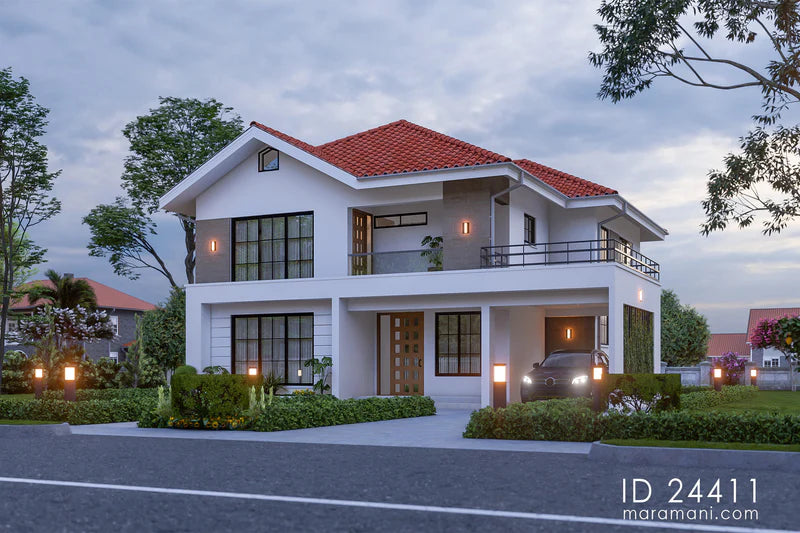
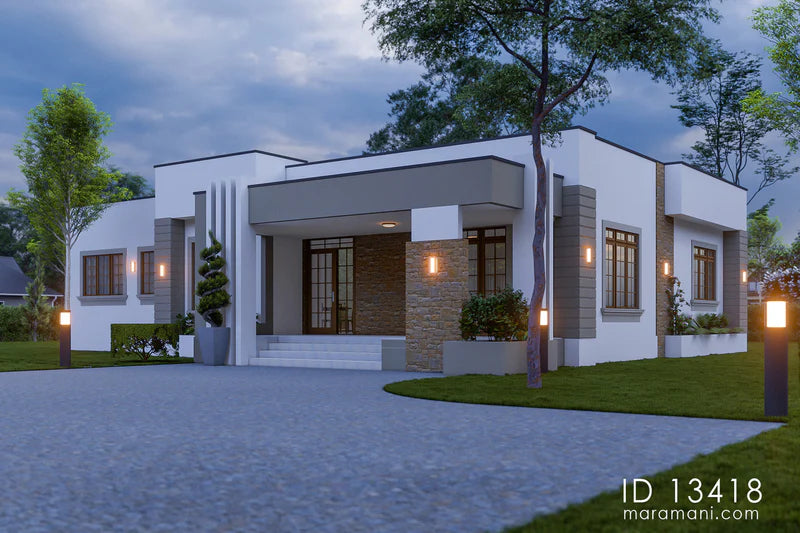
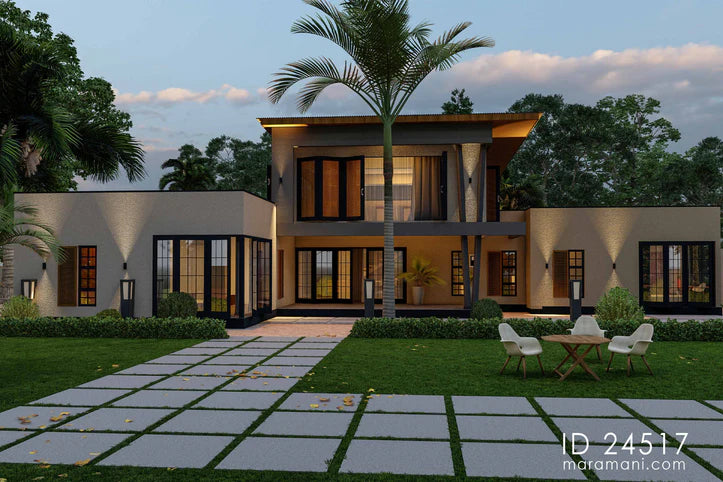
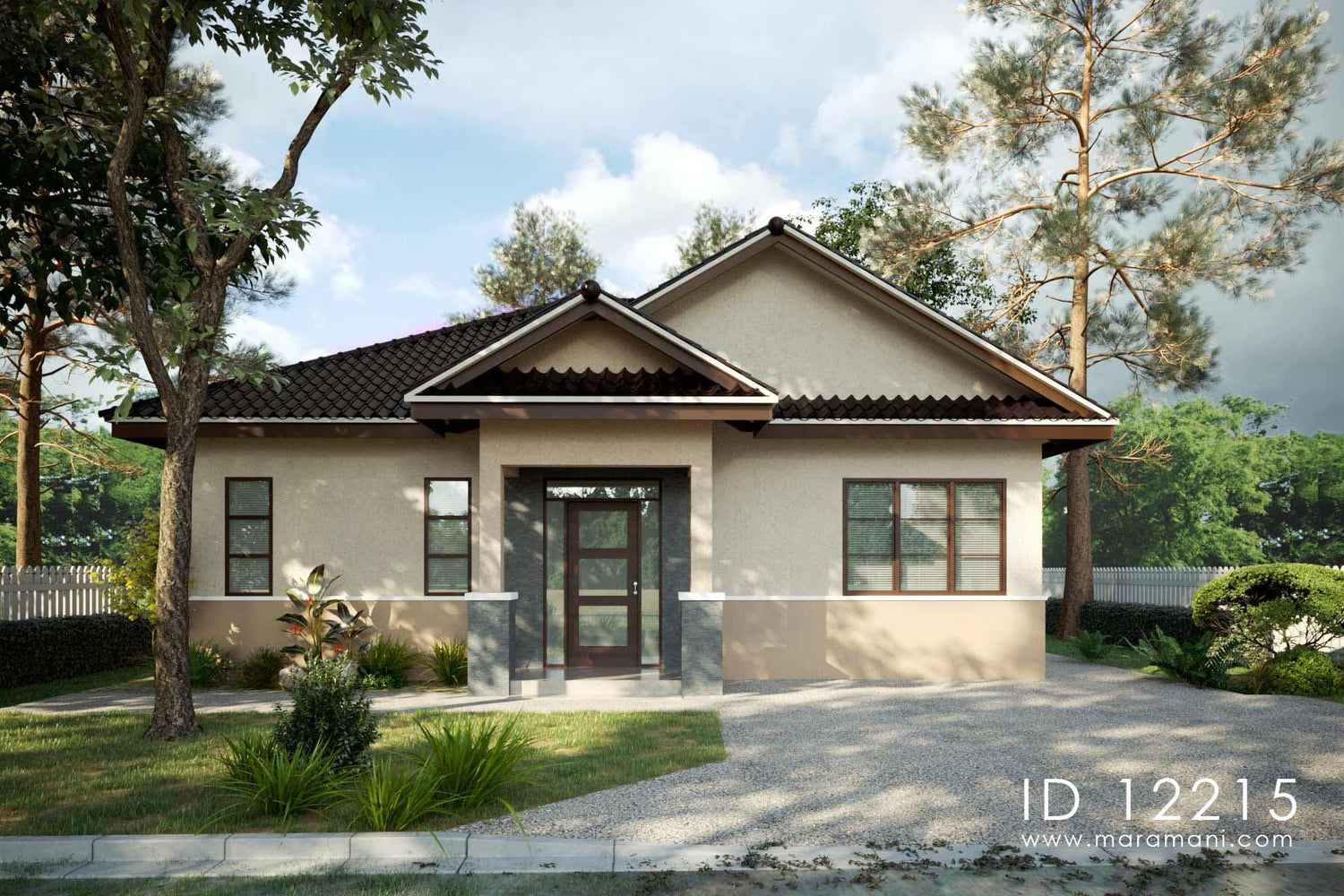

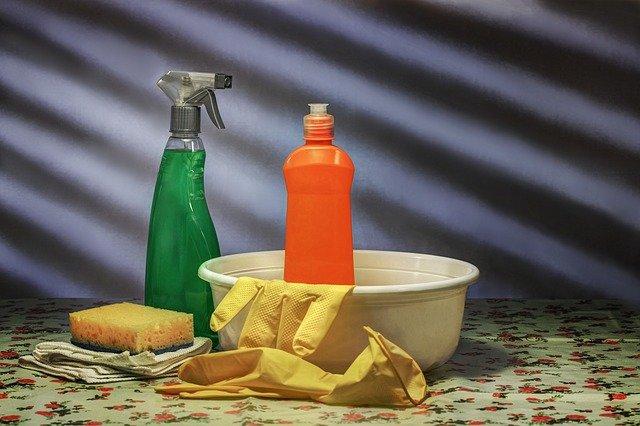
1 comment
Aujenae MISHEL MOORE
This is Aujenae MISHEL MOORE
Leave a comment
This site is protected by hCaptcha and the hCaptcha Privacy Policy and Terms of Service apply.